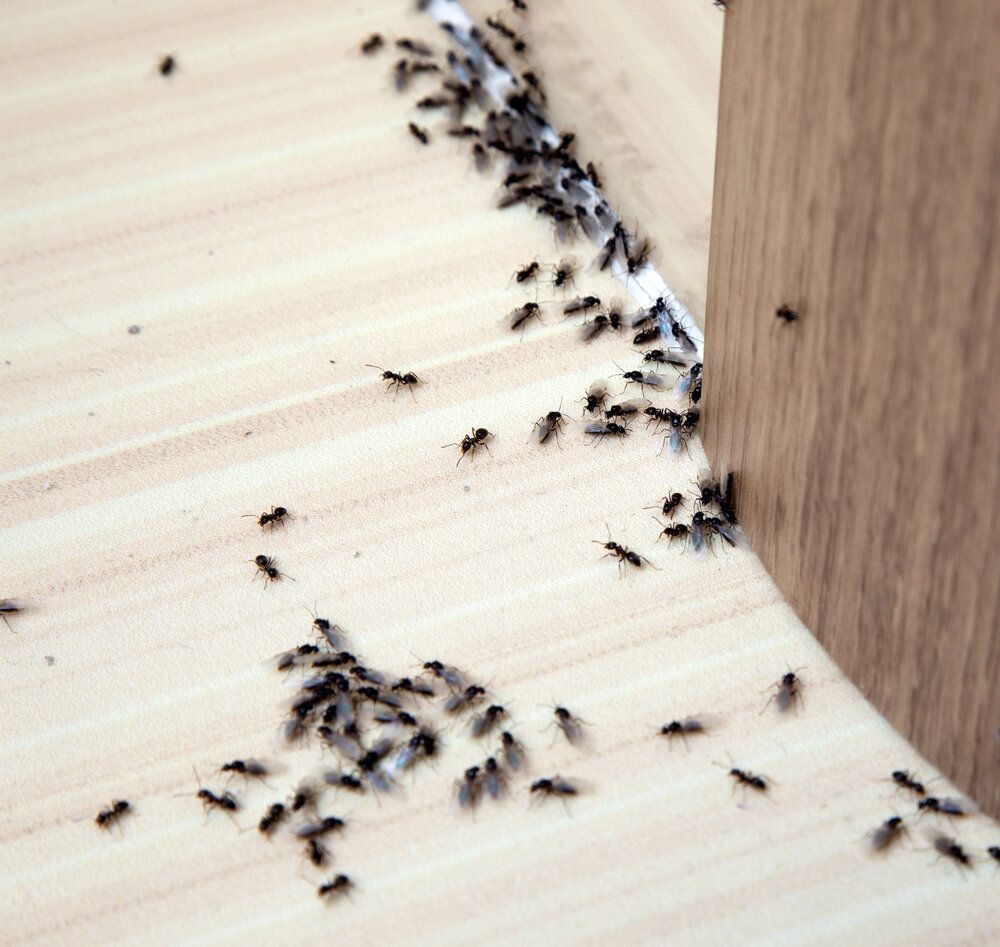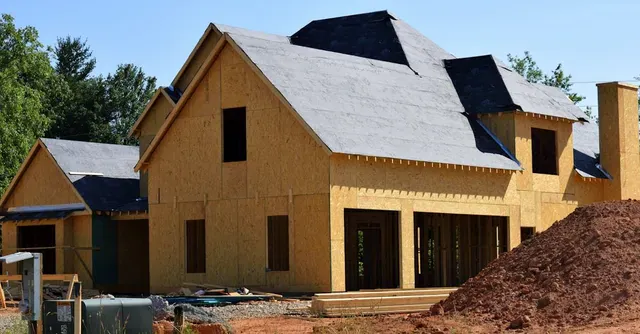Can Construction Lead to Increased Pest Activity?
Why Do Pests Seem More Active During Construction?
If you’ve noticed more pests around construction sites, you’re not alone. Construction can lead to increased pest activity for a variety of reasons. Understanding how building projects impact pest behavior can help you take the right steps to minimize the issue. However, in some cases, the pest situation can get out of control, and you may need to contact a professional pest control service like Sammamish Pest Control By Bamboo to resolve it effectively.
Disturbing Their Environment
Construction often disturbs the environments where pests live, driving them to find new places to nest and search for food. This can lead to infestations in nearby homes or businesses, as pests like rats, ants, and termites seek refuge in the closest available structures.
Construction Sites Offer Pests Easy Access to Food and Water
Construction sites frequently present pests with plenty of food and water. Open containers, discarded materials, and pooled water from rain or plumbing work create ideal conditions for bugs and rodents to thrive. These elements attract unwanted visitors, making it more challenging to keep pests under control.
Temporary Openings in Buildings Provide Entry Points
During construction or renovation, buildings often have temporary openings—whether it’s gaps in walls, unsealed doors, or unfinished areas. These access points give pests an easy way inside, where they can settle before the building is even completed. These gaps can remain open for extended periods, making it hard to prevent pest invasions without extra measures.

Key Construction Phases and Their Impact on Pest Control
Before Construction
Pests like ants, termites, and rodents may already be present on the site before any building begins. To avoid issues later on, it's smart to apply pest control treatments early, especially for termites. Treating the soil beforehand helps prevent these pests from moving into your new structure.
During Construction
As work progresses, the construction site can become more appealing to pests. Here are some tips to reduce pest activity during this phase:
- Place bait stations around the perimeter to catch pests early.
- Ensure the site has proper drainage to prevent water buildup.
- Keep the area clean by promptly disposing of waste and debris to avoid attracting pests.
After Construction
Even once the building is complete, pests can still cause problems. To keep them at bay:
- Use sodium vapor lights to reduce the appeal to flying insects.
- Opt for landscaping that won’t attract pests, and keep plants away from the structure.
- Close off any gaps with weatherstripping and mesh screens to block pest entry points.
Signs That Pests Are Active on a Construction Site
- Seeing Pests in Person: If you notice insects, rodents, or other pests around the site, it’s a clear indication of an issue.
- Material Damage: Look for signs of pests chewing on wood, insulation, or electrical wiring, which can compromise the building’s integrity.
- Nests or Droppings: Finding pest nests or droppings is a sure sign of an active infestation.
- Strange Odors: Unpleasant smells, often from pest urine or droppings, can be a red flag.
- Health Risks: If workers report illnesses or injuries linked to pest exposure, it’s a serious concern that should be addressed immediately.

Taking Steps to Prevent Pests Before They Become a Problem
Consult with Local Pest Control Experts
Start your project on the right foot by reaching out to a local pest control professional. They can offer valuable advice specific to your area and help you understand the types of pests you might encounter. Even a consultation can be worth the investment, as professionals can guide you in setting up effective pest control strategies from the start.
Regular Site Monitoring and Maintenance
Ongoing inspections during and after construction are key to catching pest issues early. Consistent monitoring allows you to quickly address any signs of pest activity and keep problems under control.
Raise Awareness and Educate
Make sure your construction crew and future occupants understand the importance of pest prevention. Encourage proper sanitation habits and stress the need for reporting any pest sightings immediately to keep the environment pest-free.
Why Hiring a Pest Control Service is Worth Considering
They Bring Expertise and Local Knowledge
Professional pest control companies understand the pests specific to your region and apply tailored methods to deal with them effectively. In the Pacific Northwest, where ant and rodent issues are common during construction, experts can safely manage these pests. By using eco-friendly solutions and targeted treatments, they help protect both workers and future occupants while minimizing environmental impact.
Stronger Long-Term Prevention
Hiring a pest control company often comes with the added benefit of long-term prevention strategies. Many companies offer ongoing maintenance plans that include regular inspections, giving you peace of mind. Although this requires an investment, it helps prevent future infestations, reducing the headache of dealing with pests in the future.
Cost-Effective in the Long Run
While DIY pest control might seem cheaper upfront, it can lead to problems down the road. Without the right knowledge, homeowners may choose harmful chemicals that could cause health concerns. Professionals know what’s safe and effective, offering better protection for both your property and its occupants, saving you from unexpected costs later.
Construction projects often stir up pest activity, but Sammamish Pest Control By Bamboo can help you stay ahead of the issue. Reach out today to learn how we can protect your project and ensure a pest-free environment. Curious about more tips? Check out our pest control FAQs to see how we can help you safeguard your home.
For service call: 425-414-3646
Copyright © 2024 - Sammamish Pest Control by Bamboo All Rights Reserved
